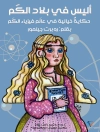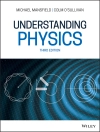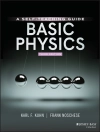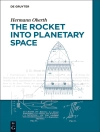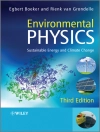The birth of a completely new branch of observational astronomy is a rare and exciting occurrence. For a long time, our theories about gravitational waves—proposed by Albert Einstein and others more than a hundred years ago—could never be fully proven, since we lacked the proper technology to do it.
That all changed when, on September 14, 2015, instruments at the LIGO Observatory detected gravitational waves for the first time.
This book explores the nature of gravitational waves—what they are, where they come from, why they are so significant and why nobody could prove they existed before now. Written in plain language and interspersed with additional explanatory tutorials, it will appeal to lay readers, science enthusiasts, physical science students, amateur astronomers and to professional scientists and astronomers.
Inhaltsverzeichnis
Chapter 1. 14th September 2015.- Chapter 2. Gravity – From 850, 000, 000 BCE to 1915 CE.- Chapter 3. Gravity – From 1915 – through Today – and on towards Tomorrow.- Chapter 4. Gravitational Waves – The Long, Long Journey from Half-Seen Chimeras to Highly Studied Certainties.- Chapter 5. Gravitational Waves – Origins and Sources.- Chapter 6. Gravitational Wave Events – Calling the Roll.- Chapter 7. Into the Unknown – the First Years of the Quest for Gravitational Waves.- Chapter 8. Eureka! – A Beginner’s Guide to Making Successful Gravitational Wave Detectors.- Chapter 9. Gravitational Waves and their Detectors – Into the Future – and Beyond.
Über den Autor
Chris Kitchin is currently Professor Emeritus at the University of Hertfordshire and a freelance writer of astrophysics books. From 1987 to 2001, he was director of the university’s observatory at Bayfordbury, and from 1996 to 2001, he was also head of the Division of Physics and Astronomy. He took early retirement in 2001 in order to concentrate on his writing, and the seventh edition of his widely used Astrophysical Techniques was published in August 2020. Chris has written fourteen books and contributed to another dozen or so and he has written hundreds of articles ranging from popular astronomy to specialist research. In 1997, he was awarded the title of Professor of the Public Understanding of Astronomy.


